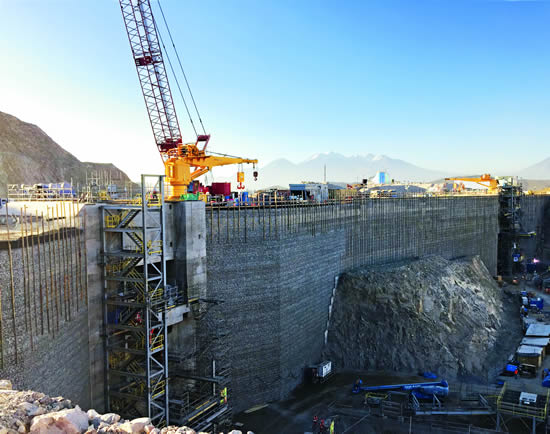
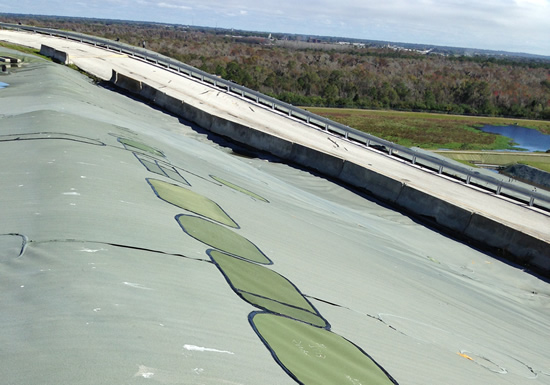
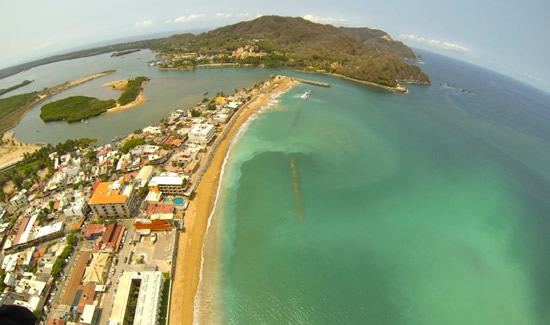
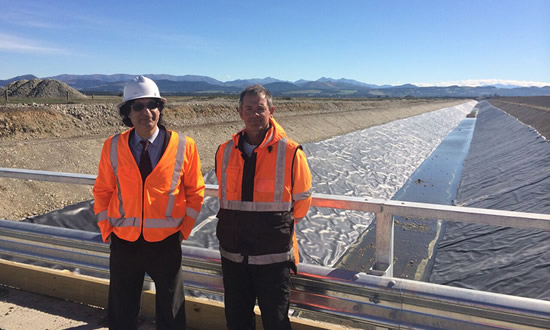
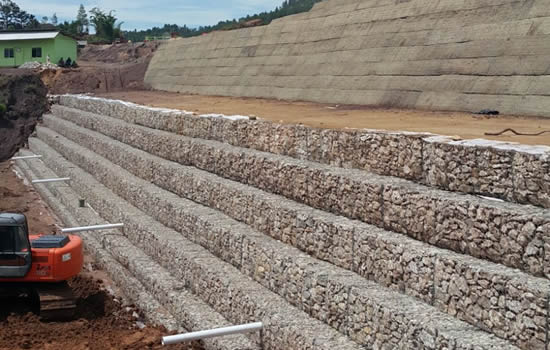 As promised, we reveal here today (December 29) the top stories in geosynthetics for 2016 on Geosynthetica. The stories have been ranked by most read, with the further caveat that the story must have been published in 2016. (There are a few exceptions noted at the end of older stories that actually cracked the top 15 for this year despite they having been published in previous year’s on the site.) The ranking of contenders, first revealed on December 13, have changed slightly over the past two weeks.
As promised, we reveal here today (December 29) the top stories in geosynthetics for 2016 on Geosynthetica. The stories have been ranked by most read, with the further caveat that the story must have been published in 2016. (There are a few exceptions noted at the end of older stories that actually cracked the top 15 for this year despite they having been published in previous year’s on the site.) The ranking of contenders, first revealed on December 13, have changed slightly over the past two weeks.
We list them in order here, with summaries for the top five.
TOP STORIES IN GEOSYNTHETICS FOR 2016
- The most-read story honor for 2016 goes to … 34m High MSE Walls for Cerro Verde Copper Mine Crushers (published 28 March 2016). A submission from Terre Armee, the project story describes the design of very tall crusher walls at a mining site in Peru. Roughly 4,400m² of GeoTrel™ MSE walls were utilized. The dramatic height and images from the site were a major draw for Geosynthetica’s readers, as more than 8000 views were registered and more than 3 minutes spent per reader on the story.
- At number two, we have Geosynthetic Design Software and Calculator Tools. This round-up story from June 9 summarized some of the most readily available geotechnical assistance tools and programs from geosynthetics firms. Software is frequently a major category of interest for Geosynthetica’s readers, whether it’s a round-up story like this one or a profile of a single company’s developments. Here, nearly 8000 reads were registered (with a shopper-like 6+ minutes spent on it per view).
- Further emphasizing how important Brazil has become as a geosynthetics and geotechnical engineering market, our third most-read story was something of a surprise: ITA Elects Brazil’s Celestino as New President. While Brazil is Geosynthetica.net’s 6th largest audience, the strong growth of Geosynthetica.net.br (a Portuguese-language publication) has made Brazil overall the second-largest audience for Geosynthetica’s network of publications. It showed here with the story on Celestino’s election.
- In the fourth position, and taking in just under 7000 reads, was a submission from Chris Timpson and Angel Diaz: Geotextile Tubes for Breakwaters and Beach Restoration in Mexico. The publication followed a strong reception for a related technical paper from GeoAmericas 2016. The work underscored the beneficial impact geotextile tube designs are having on coastal cities for commercial success, community protection, and responsible design in the face of climate change.
- Rounding out the top five is a technical note submission from GSE Environmental, 13-Year Study of Exposed, Green Geomembrane Cover. Technical study updates have traditionally been a strong drawn on Geosynthetica–in 2014, a subgrade stabilization report was the most-read publication, for example–and GSE’s contribution here did not disappoint. The 60-mil high-density polyethylene (HDPE) green geomembrane study from a a landfill cap project in Polk County, Florida was well-written and respectful to the field. While it provides a feather in the cap for the manufacturer, the company’s authors ensured that the data presentation was useful for the overall geosynthetics field. It was enjoyed by more than 6000 readers, who spent on average 5 minutes, 15 seconds on it. (In online page analytics, that’s nearly an eternity, considering how quickly people tend to click and scroll through pages.)
- Successful Field Trial for Graphene-Enhanced Geotextiles (August 25)
- Avoiding Whales in Anaerobic Digesters (October 20)
- Bridge Approach Embankment with MSE Walls and Pulverized Fuel Ash (November 13)
- Earth Anchors for an Exposed Geomembrane Cover (March 24)
- Airport Runway Redesign with Geosynthetic Reinforcement (April 7)
- GCLs Continue to Influence Barrier Designs (February 3)
- 10 Geomembrane Questions (June 28)
- The Lighter Side of Geomembranes (September 7)
- Celebrating 10 Years and Looking More Like a Titan Each Day (July 8)
- Brine Ponds for Coal Seam Gas Operations (July 20)
TRENDS & COMPARISONS
How do this year’s top stories compare with the previous calendar year of publications?
The biggest in 2015 was New Coal Ash Rules: Bigger Business for Facility Closure with Catastrophic Failure of Tailings Dam in Brazil following close behind. These were both major stories, of course–one for its seismic impact on new project initiation and the other for the great failure it represented for ensuring that geosynthetics were being used in critical applications in the mining industry. Getting better coal ash rules approved took a major failure (Kingston, Tennessee TVA facility in 2008). The ore tailings failure in Brazil has produced multiple high-level engineering gatherings and prompted regulatory discussions in the country similar to what the United States entered into after suffering a catastrophic coal ash failure. Change will come to Brazil’s mining practices (and we expect more stories on this in 2017 and 2018).
In 2016, reader focus returned primarily to project stories and resources for accomplishing work (e.g., software support and technical backing).
This year’s top stories were published throughout the year, with the most-read entries appearing first between February 3 and November 13. That’s a span of 283 days, and more than that number of items appeared on Geosynthetica in that timeframe.
The stories readers zeroed in on included work with geomembranes and GCLs (7 stories), geogrid reinforcement (3), geotextiles and geotextile tubes (2). They read up on geotechnical software, company profiles, professional society updates, and more. General topics of note were new technologies, coastal protection, mining, waste management, wastewater, bridges, and more.
The impact of social media is apparent in the lists. Nearly all of the stories that have edged ahead of the hundreds of others published on Geosynthetica are ones that our staff has shared in social media and which the companies and people featured in them have also picked up and shared. This is especially true for companies with a presence across multiple social media platforms.
As noted, some older posts made it into the top stories. They were:
- INTERVIEW: Polymeric Strap Reinforcement for MSE Walls (Published 2015)
- Forthcoming IGS Conferences, 2016 to 2018 (Published 2014)
- Stress Cracking in HDPE Geomembranes: What it is and How to Avoid it (Published 2002!!)
Thank you to all of our contributors, readers, and sponsors. It is an honor to provide a forum in which you can share, document, promote, and improve the field of geosynthetics.











